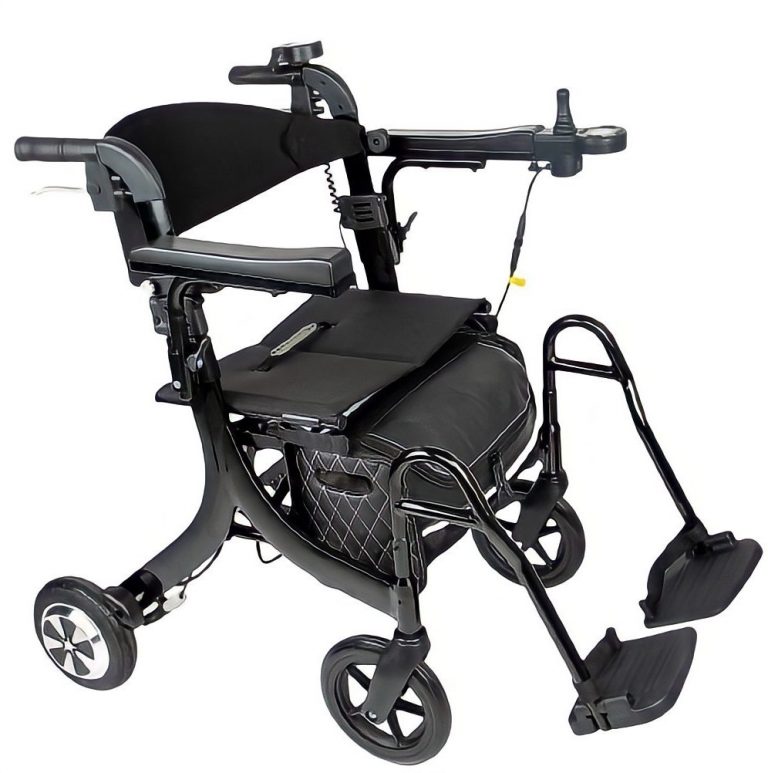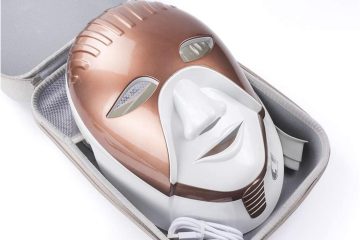When it comes to mobility aids, rollators and standard walkers are two popular options that can help individuals maintain their independence and mobility. Both are designed to provide support and stability, but they have different features and benefits. Understanding these differences can help you choose the best option for your needs. In this article, we will explore the key aspects of rollators and standard walkers, focusing on their stability and overall effectiveness.
Understanding Rollators
Rollators are a type of mobility aid that come with four wheels, handlebars, and a seat. They are designed to provide more support than standard walkers, making them a good option for individuals who need extra stability. The wheels allow for easier movement over different surfaces, and the seat provides a place to rest when needed. Rollators often come with additional features like baskets for carrying personal items, which can be very convenient.
Standard Walkers Explained
Standard walkers, also known as walking frames, are mobility aids with four legs and no wheels. They are designed to offer maximum stability by providing a stable base of support. Users lift the walker and move it forward before taking a step. Standard walkers are usually lighter and simpler compared to rollators, making them a good choice for those who do not require the extra features offered by rollators.
Stability of Rollators
Rollators are designed to provide stability while allowing users to move with ease. The four wheels help rollators glide smoothly over various surfaces, reducing the need to lift the walker with each step. This can be particularly beneficial for individuals with limited strength or endurance. However, the stability of a rollator can be influenced by factors such as wheel size, quality, and terrain.
Stability of Standard Walkers
Standard walkers offer excellent stability due to their four-legged design. They provide a solid base of support, which can help prevent falls and improve balance. Users need to lift the walker with each step, which requires upper body strength. This design is especially useful for individuals who need a steady, stable support while walking and who can manage the lifting motion.
Choosing Based on Terrain
When choosing between a rollator and a standard walker, consider the type of terrain you will be navigating. Rollators are well-suited for indoor and smooth outdoor surfaces, such as sidewalks and paved paths. The wheels make it easier to maneuver over these surfaces. On the other hand, standard walkers are better for uneven or rough terrain, where their stable, non-wheeled design can provide more support.
User Strength and Mobility
The choice between a rollator and a standard walker can also depend on the user’s strength and mobility. Rollators are ideal for those who may struggle with lifting a standard walker or who need to walk longer distances. The wheels reduce the effort required to move the walker forward. Conversely, standard walkers are suitable for individuals who have sufficient upper body strength and need a more stable, fixed support.
Safety Considerations
Both rollators and standard walkers are designed with safety in mind, but they offer different safety features. Rollators often include hand brakes, which allow users to control their speed and stop safely. They also have seats for resting. Standard walkers do not have brakes or seats, but their stable design can provide a secure feeling when walking. It’s important to choose a mobility aid that fits your safety needs and preferences.
Adjustability and Customization
Adjustability is another important factor to consider. Rollators typically come with adjustable handles, allowing users to customize the height for a comfortable grip. Many models also offer adjustable seat heights and additional features like storage baskets. Standard walkers also come in adjustable models, but they usually offer fewer customization options. Choosing a mobility aid with the right adjustments can enhance your comfort and stability.
Ease of Use
Ease of use is a crucial aspect when selecting a mobility aid. Rollators are generally easier to maneuver due to their wheels, making them a good choice for users who need to navigate various environments. Standard walkers require more physical effort to lift and move, which might be challenging for some users. Evaluating how easy each option is to use in your daily life can help you make the best choice.
Cost Considerations
Cost can be a deciding factor for many people. Rollators are often more expensive than standard walkers due to their additional features and complex design. Standard walkers are usually more affordable and offer a basic level of support. It’s important to consider your budget and the features you need when choosing between these two types of mobility aids.
Conclusion
In summary, gillani engineering rollators and standard walkers have their advantages when it comes to stability. Rollators offer greater mobility and additional features, making them a good choice for users who need extra support and convenience. Standard walkers provide a solid base of support and are ideal for those who need a stable, fixed aid. By considering factors such as terrain, user strength, safety, and cost, you can choose the mobility aid that best meets your needs and enhances your stability.



